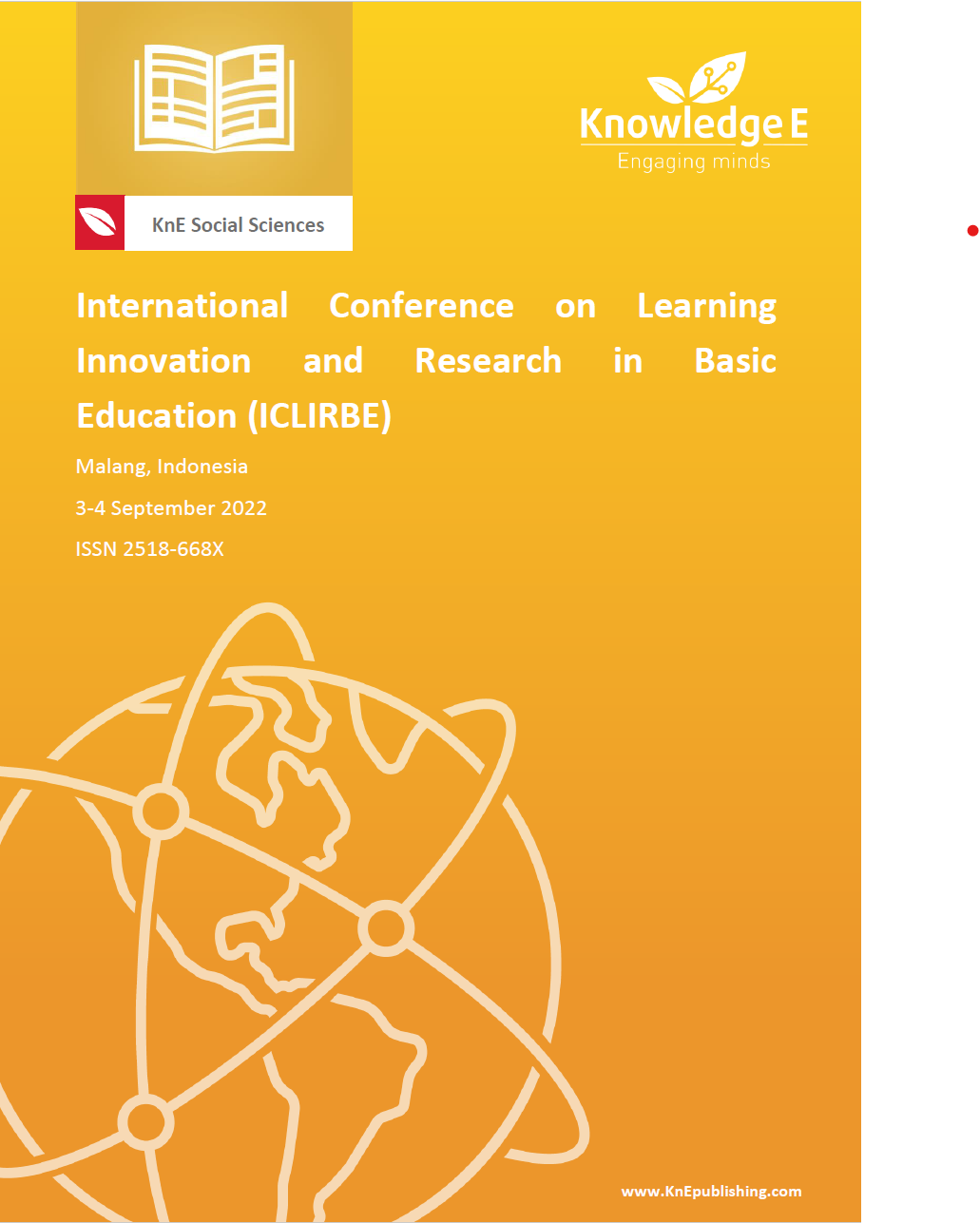Studies Literacy Reading Autistic Children
DOI:
https://doi.org/10.18502/kss.v8i8.13299Abstract
The literacy movement is not only the responsibility of the government, but the responsibility of all stakeholders such as the business world, universities, social organizations, literacy activists, parents, and the community. The spirit of literacy culture is very active in its implementation in schools from elementary to high school. Various school programs are implemented, starting from reading corners, various places, and media created by schools to support these programs. Likewise, for special schools, literacy for children with special needs is also carried out to support a literacy culture for children with disabilities. There is one special school in Indonesia with disabilities that are included in the autistic category. Several studies have shown that schools are very enthusiastic about implementing the Literacy Movement program. However, it focuses a lot on how to implement it with the right method and does not consider what materials are needed for autistic children. Meanwhile, autistic children need independent literacy in their lives, such as independence in bathing, dressing, using socks, toilet training, and so on. Interesting reading material about self-reliance is hardly available in shops, libraries, and schools. In this article, we convey that making interesting reading materials for autistic students related to independent living is a challenge to make teachers, literacy activists, and communities concerned with literacy. Autistic students need regularity, discipline, and interesting reading with basic material content such as the chaining method. The chaining method, for example, is used to train dental skills in children with intellectual disabilities. The chaining method used is the chaining method used in the next steps of chaining, namely the initial steps of the behavior are taught first, , the steps taught are related to the second steps, and so on until the stage is complete. The type of research used is a case study. Meanwhile, data collection was by observation and by looking at the literacy cases of children with special needs. Research analysis was done using qualitative description. The results showed that the significantly autistic used literacy materials by reading series books in the form of chains which were simpler to read and also useful for their independence in everyday life.
Keywords: literacy, autism, reading, independence, chaining
References
[2] Lestarei, M. (2022). Hubungan Dengan Kemandirian Pola Asuh Orangtua. Jakarta: Jurnal Pendidikan Anak UNY. 2017. file:///C:/Users/USER/Downloads/26777-68055- 2-PB.pdf. Google: 23-06-2022.
[3] Nareza, M. (2021). Pengertian Autisme. Jakarta: https://www.alodokter.com/autisme. Google:17-06-2022.
[4] Oktariani. (2020). Peran Literasi dalam perkembangan kemampuan kritis. Jakarta: Jurnalp3k.net.
[5] Pervitasari. (2017). Strategi Pembelajaran Anak autisme. Jakarta: jurnalbalitbangdajbi. com.
[6] Puji, A. (2022). Autisme. Kemdikbud: https://hellosehat.com/parenting/kesehatananak/ gangguan-perkembangan/autisme-adalah-autis/. Google 2022.
[7] Ruri, S. (2015). Anak dengan Disabilitas . Jakarta: Repositori.Unika.ac.id.
[8] S., Sumantri (2018). Psikologi Anak Luar Biasa. Jakarta: Refika Aditama: h197.

